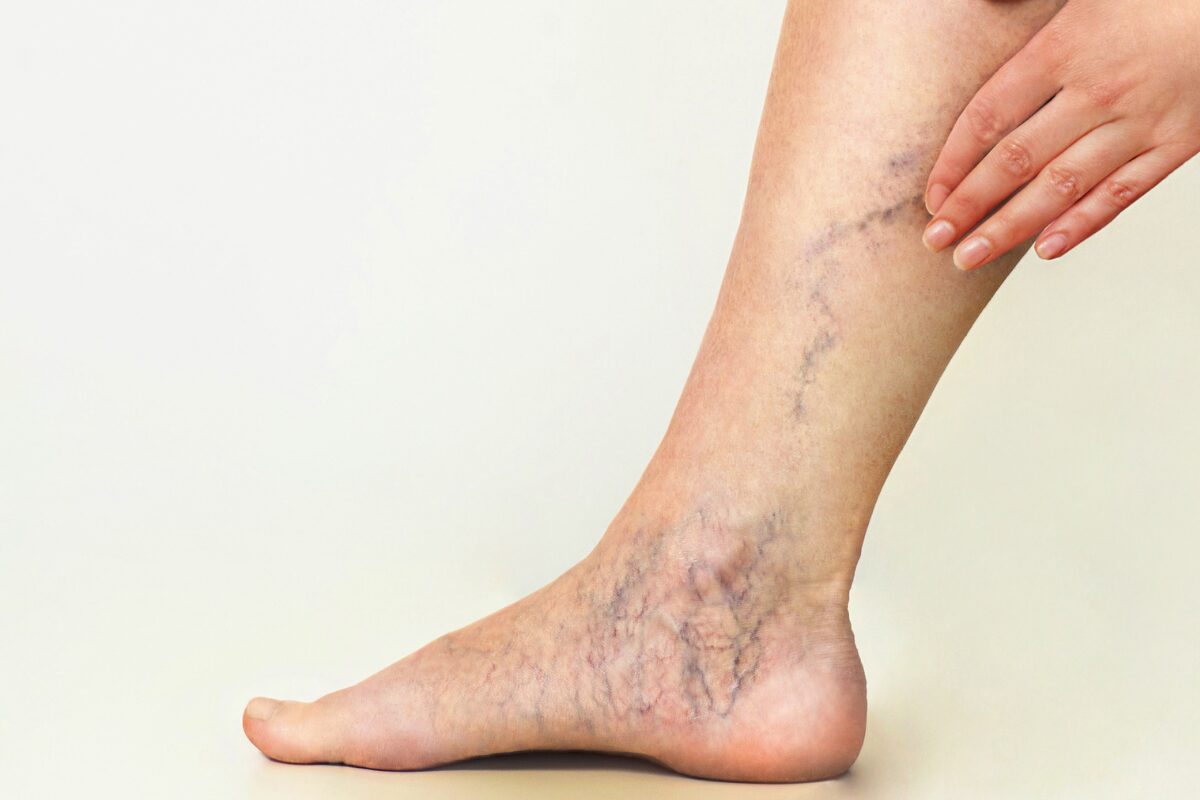What are the symptoms of spider veins?
Spider veins, also known as telangiectasias, are small, dilated blood vessels that appear close to the surface of the skin. Symptoms may include:
- Visible Veins: Small, thin veins that appear red, blue, or purple, often in a web-like or branching pattern.
- Discoloration: Areas of the skin where spider veins are present may show a change in color compared to the surrounding skin.
- Itching or Irritation: The area with spider veins might feel itchy or irritated.
- Swelling: Mild swelling might occur in the affected area, though it’s less common with spider veins compared to varicose veins.
- Soreness: Some people may experience minor discomfort or soreness around the veins.
While spider veins are usually not painful or harmful, they can be a cosmetic concern for many individuals. If symptoms are bothersome or if you notice significant changes, consulting a healthcare professional for evaluation and potential treatment options is advised.
What are the causes of spider veins?
Spider veins can be caused by a variety of factors, including:
- Genetics: A family history of spider veins or varicose veins can increase the likelihood of developing them.
- Hormonal Changes: Hormonal fluctuations, such as those during pregnancy, menopause, or with the use of birth control pills, can contribute to the development of spider veins.
- Prolonged Standing or Sitting: Occupations or activities that require long periods of standing or sitting can lead to poor circulation and the formation of spider veins.
- Age: As people age, the veins can weaken, leading to the development of spider veins.
- Obesity: Excess weight puts additional pressure on the veins, which can lead to the formation of spider veins.
- Sun Exposure: Prolonged exposure to the sun can damage the skin and blood vessels, leading to spider veins, especially on the face.
- Injury: Trauma or injury to the skin can sometimes result in the appearance of spider veins.
- Medical Conditions: Certain conditions, such as chronic venous insufficiency or conditions affecting blood clotting, can contribute to the development of spider veins.
These factors can cause blood to pool in the smaller veins near the surface of the skin, leading to the characteristic appearance of spider veins.
What is the treatment for spider veins?
The treatment for spider veins aims to reduce their appearance and alleviate any associated symptoms. Options include:
- Sclerotherapy: A common treatment where a solution is injected into the spider veins, causing them to collapse and eventually fade from view.
- Laser Therapy: Uses focused light to target and destroy the spider veins, causing them to disappear over time.
- Intense Pulsed Light (IPL) Therapy: Similar to laser therapy, IPL uses broad-spectrum light to treat spider veins.
- Electrodesiccation: Involves the use of electrical current to cauterize and remove the spider veins.
- Vein Stripping: A surgical procedure to remove larger veins, though it is less commonly used for spider veins.
- Topical Treatments: Creams and ointments that may improve the appearance of spider veins, though they are typically less effective than other treatments.
In addition to medical treatments, lifestyle changes such as wearing compression stockings, engaging in regular exercise, and avoiding prolonged periods of standing or sitting can help prevent the worsening of spider veins.

Leave a Reply
You must be logged in to post a comment.